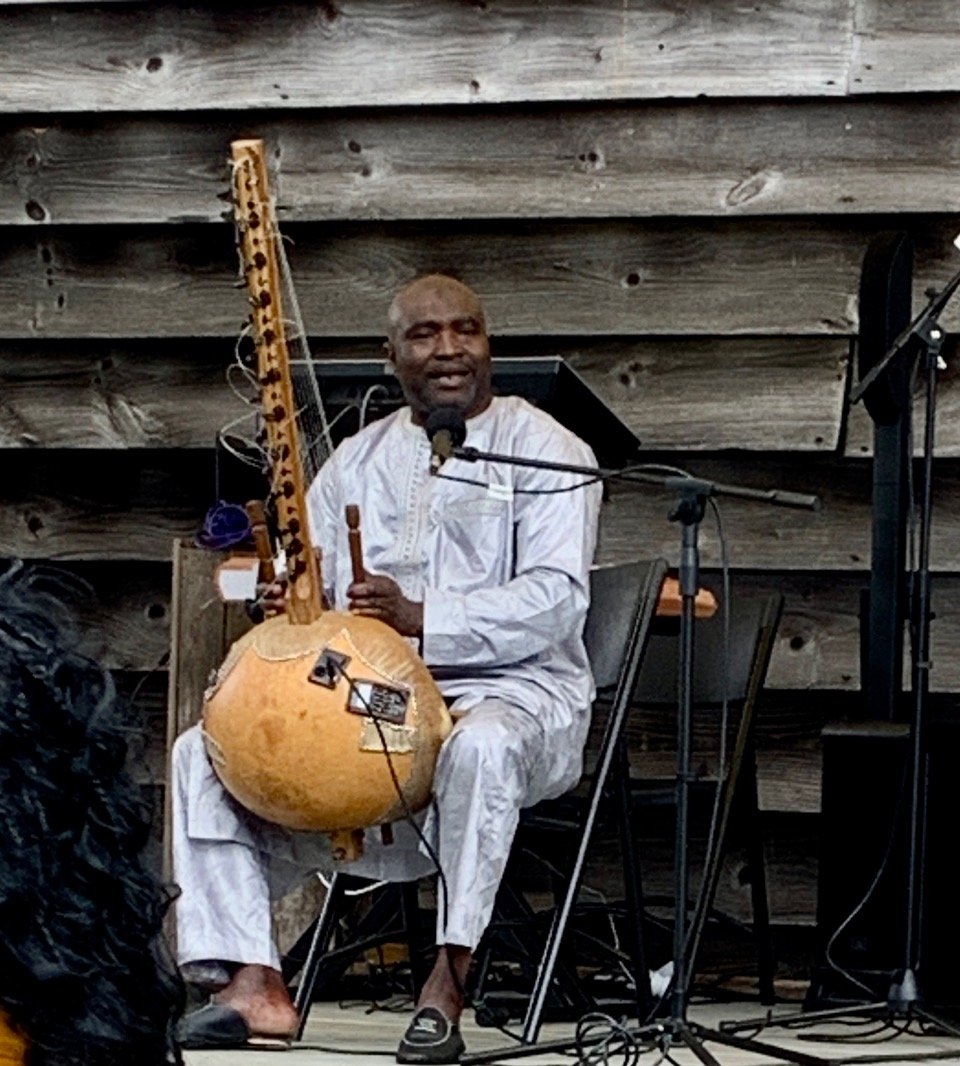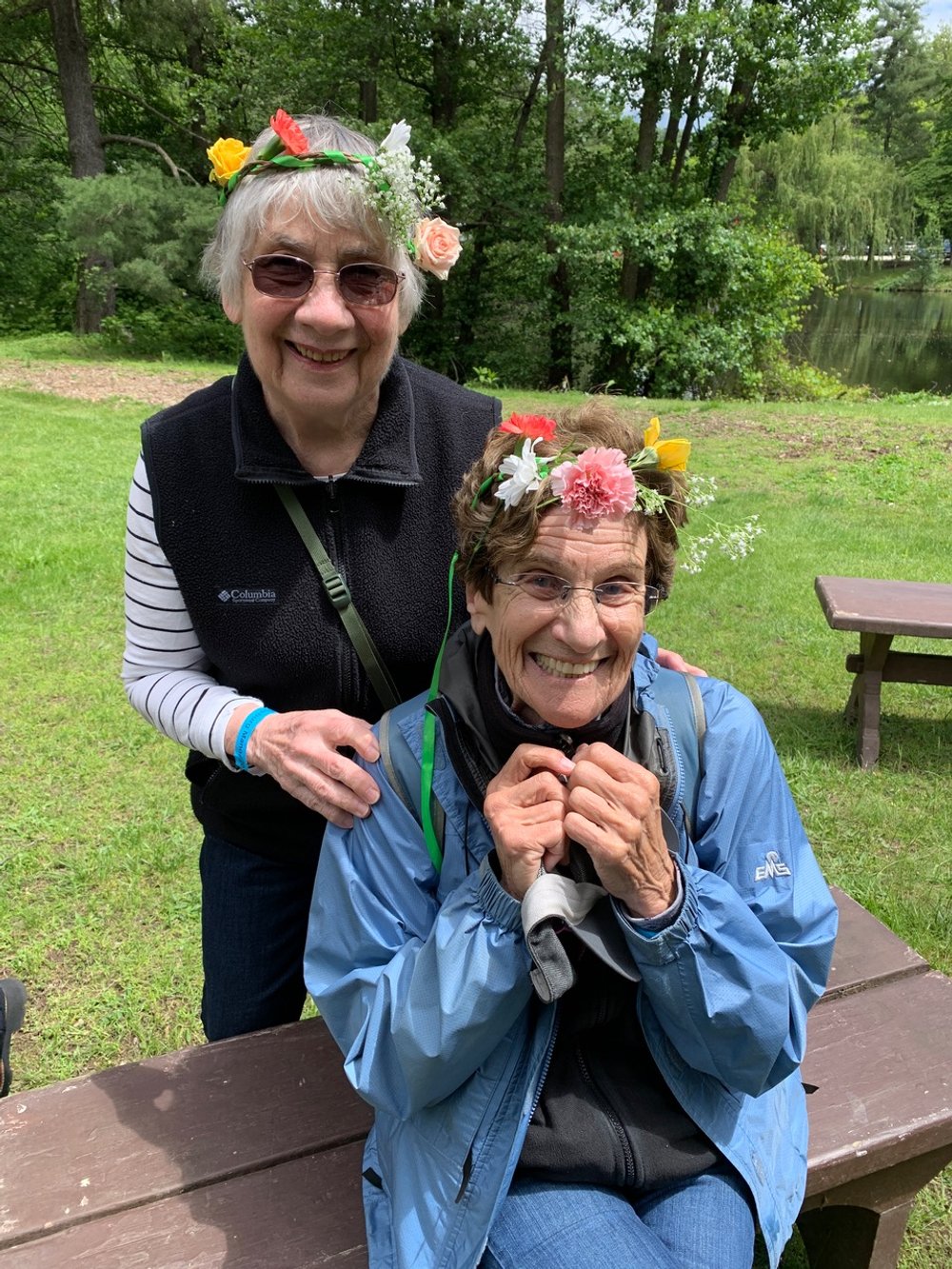The annual Pinkster festival takes place in spring. The name is a variation of the Dutch word Pinksteren, meaning “Pentecost.” Pinkster in English refers to the festivals held by the Black populations of New York and New Jersey, particularly in the early 19th century. To the Dutch, Pinkster was a religious holiday, a chance to rest, gather, and celebrate Christian sacraments such as baptisms and confirmations. It also had a long tradition as a day of dance and merriment. For enslaved people, Pinkster was a time free from work, a chance to gather with family and friends. Over the centuries, Pinkster grew into a multifaceted celebration of African culture, featuring music, dance, drumming, storytelling and foodways that enabled enslaved and free Black Americans to reclaim their heritage and served as a form of joyful resistance against oppression.
Since the 1970s, New York has made efforts to resurrect Pinkster. Our own Sleepy Hollow Philipsburg Manor restoration has celebrated Pinkster since 1977. It’s the only true Pinkster recreation in North America. Every spring, it recreates an authentic celebration of Pinkster in North America, combining both Dutch and African traditions. For guests of all ages, Djembes and Dance—which includes a recreation of a colonial Pinkster festival—is a delightful and instructive experience. The occasion recognizes both slavery's tyranny in New York and its final defeat.
And this year, Ruth Dinowitz and Harry and Marianne Bloomfeld joined in the fun!
Traditional instruments (with some modern help)
With song and story-telling
Preparations for celebrating Pinkster
And the happy results!





